Concept: Mensuration
A solid in which the top and bottom surfaces are identical polygons and the lateral (vertical) surfaces are rectangular in shape and perpendicular to the top and bottom surfaces is known as a right prism. In a right prism, the corresponding sides of the top and bottom polygons are parallel.
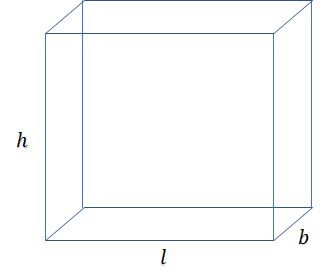
Volume (V) = lbh
Total Surface Area (TSA) = 2(lb + bh + lh)
Lateral Surface Area (LSA) = 2(l + b)h
Surface Diagonals (12) = or or
Body Diagonal (4) =
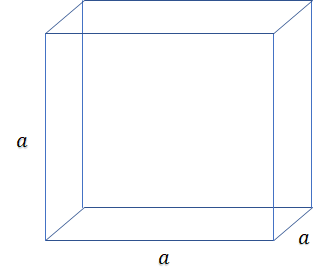
Volume (V) = a3
Total Surface Area (TSA) = 6a2
Lateral Surface Area (LSA) = 4a2
Surface Diagonal (12) = a√2
Body Diagonal (4) = a√3
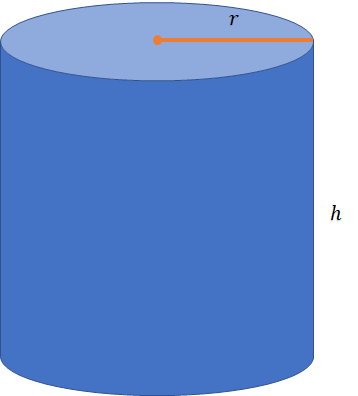
Volume (V) = πr2h
Lateral Surface Area (LSA) = 2πrh
Total Surface Area (TSA) = LSA + 2πr2
A right pyramid is a solid in which: The bottom surface (i.e. base) is a polygon, each vertex of which is joined with the help of slanted edges to a single vertex at the top. The lateral (slanted−vertical) surfaces are triangular in shape. The line joining the top vertex to the centre of the polygon which forms the bottom surface (also known as the height) is perpendicular to the bottom surface.
Volume (V) = ⅓ × base area × height
Lateral Surface Area (LSA) = ½ × base perimeter × slant height
Total Surface Area (TSA) = LSA + base area

Volume (V) = ⅓ × πr2h
Lateral Surface Area (LSA) = πrl
Total Surface Area (TSA) = LSA + πr2
Slant height (l) =
When a cone is made out of a sector of a circle of radius R
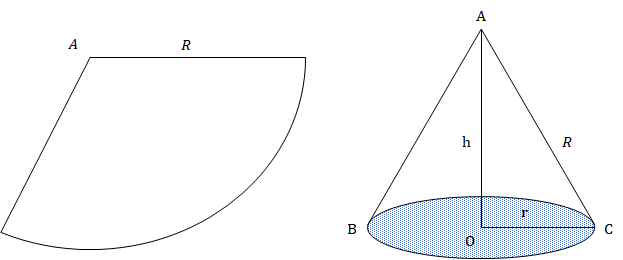
Slant height of the cone (l) = R
Radius of the cone (r) = × R

Volume (V) = ⅓ × πHf(R2 + Rr + r2)
Lateral Surface Area = π(R + r)lf
Total Surface Area = LSA + π(R2 + r2)
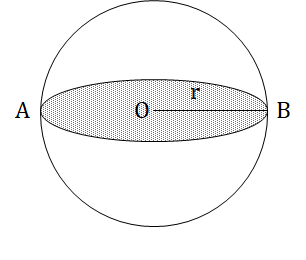
Volume (V) = × πr3
Total Surface Area (TSA) = 4πr2
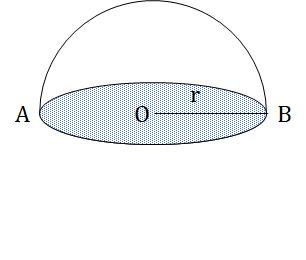
Volume (V) = × πr3
Curved Surface Area (CSA) = 2πr2
Total Surface Area (TSA) = 3πr2